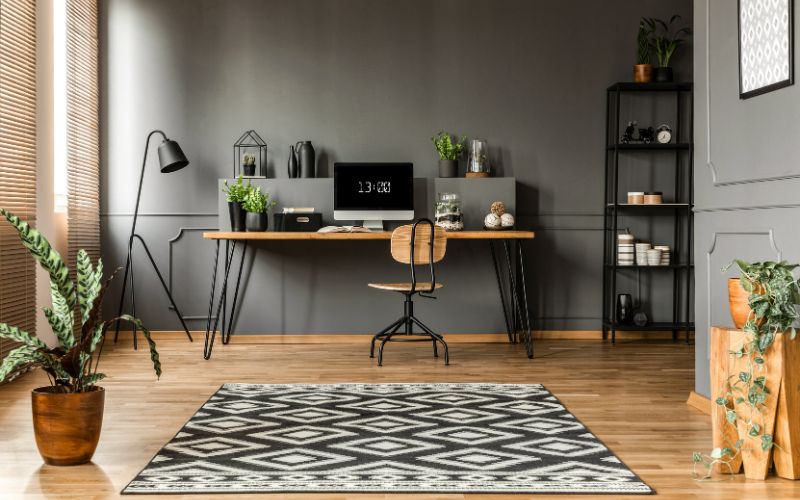Corporate interior design is a specialized discipline that focuses on creating inspiring and functional workspaces for businesses. It goes beyond aesthetics and decor, encompassing strategic space planning, brand representation, and optimizing the overall employee experience. Corporate interior design plays a vital role in shaping the environment where employees spend a significant portion of their time, impacting their productivity, creativity, and overall job satisfaction. This article explores the significance of corporate interior design, highlighting its key responsibilities, benefits, and how it contributes to shaping workspaces that foster success.
The Role of Corporate Interior Design
Corporate interior design plays a pivotal role in creating spaces that align with the goals and culture of a business. It involves thoughtful consideration of the company’s objectives, employee needs, and brand identity.
The essence of corporate interior design lies in its ability to create an environment that promotes productivity, creativity, and employee engagement. By optimizing the use of space and incorporating functional design elements, corporate interior design enhances the overall workplace experience.
Creating Spaces that Reflect Brand Identity
One of the primary responsibilities of corporate interior design is to create spaces that reflect the brand identity of the company. From the reception area to individual workstations, the design choices are carefully curated to align with the company’s values and vision.
By incorporating brand colors, logos, and imagery into the interior design, corporate interior designers create a cohesive representation of the brand. This not only leaves a lasting impression on clients and visitors but also fosters a sense of pride and belonging among employees.
Optimizing Productivity and Employee Well-Being
Corporate interior design focuses on optimizing productivity and employee well-being. Ergonomic workstations, comfortable seating, and proper lighting are essential elements integrated into the design to support employee health and efficiency.
Thoughtful space planning and layout design create efficient workflows and minimize distractions, contributing to increased productivity. Additionally, incorporating elements of biophilic design, such as plants and natural materials, can have a positive impact on employee well-being and reduce stress levels.
Enhancing Collaboration and Communication
Corporate interior design recognizes the importance of collaboration and communication in the modern workplace. Open office layouts, breakout spaces, and collaborative areas are strategically designed to encourage teamwork and idea exchange.
Meeting rooms and huddle spaces are equipped with the latest technology and audiovisual systems to facilitate seamless communication and virtual collaborations. Corporate interior design fosters an environment that promotes effective teamwork and enhances overall employee satisfaction.
Conclusion:
Corporate interior design plays a critical role in shaping inspiring and functional workspaces that foster success for businesses. By creating spaces that reflect brand identity, optimizing productivity and employee well-being, and enhancing collaboration and communication, corporate interior design contributes to the overall success of a company. From startups to established corporations, corporate interior design continues to be an essential aspect of creating work environments that inspire and engage employees, paving the way for a thriving and successful business.
Interiors Fit Out Industry
28 Jalan Ekoflora 5/22, Taman Ekoflora 81100 Johor Bahru, Malaysia
0178782162
